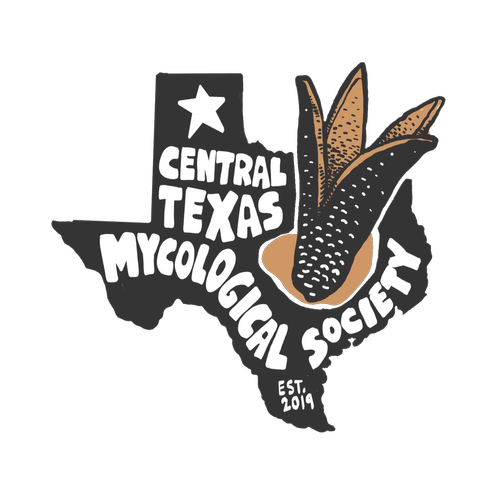It's Chicken of the Woods Season
Forage.atx made this sizzle reel compiling clips from the last few COTW seasons in Central Texas.
We will be doing more small mushroom ID walks this fall, so if you haven't already, sign-up to become a member and get first pick at ticket for our events. Members also get discounted tickets. If you are a student DM us for our membership discount code.
ABOUT COTW
As temperatures start to cool and trees start to drop their leaves, keep a look out for the orange polypores known as Chicken-of the-Woods (COTW) Laetiporus. They grow on older Texas Live Oaks that have been trimmed and have their heartwood exposed. Spores are everywhere and carry a lot of genetic information. Once two matching spores land in the right place, the fungus will slowly colonize and eat the heartwood of Texas Live Oaks or Quercus fusiformis. If you see a hollow Live Oak, it is likely due to a fungus parasitizing it. Unlike other parts of the country where COTW is a decomposer on dead hardwood, in Central Texas the fungus is a parasite because the trees are still living.
Once you see the fruiting mushroom, there is nothing that will save the tree from slowly decomposing and returning its nutrients back to the soil. Many times it’s not the fungi that is at fault. Human disruption, cutting down trees, and trimming trees for roads and buildings, opens the tree up to the spores that are floating everywhere and waiting for the right opportunity to find a home to feed.
On the plus side, what they spit out is a delicious edible mushroom that contains proteins, fat, fiber and tastes just like chicken! They are also medicinal and rich in antioxidant compounds like chlorogenic acid, caffeic acid, kaempferol, and quercetin. It's also packed with lanostanoids – potent anti-carcinogenic compounds.
